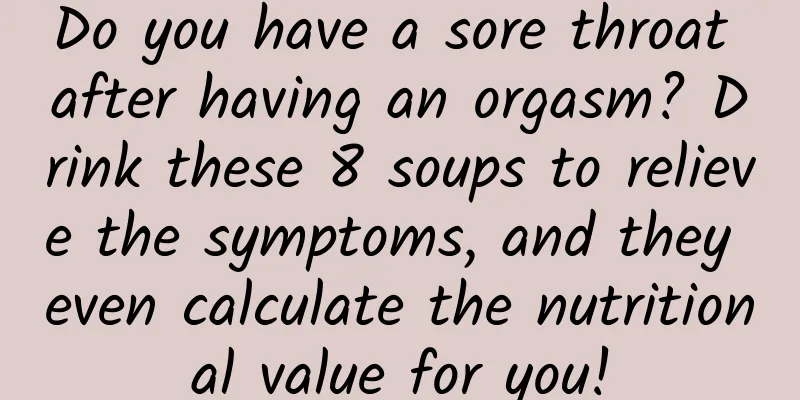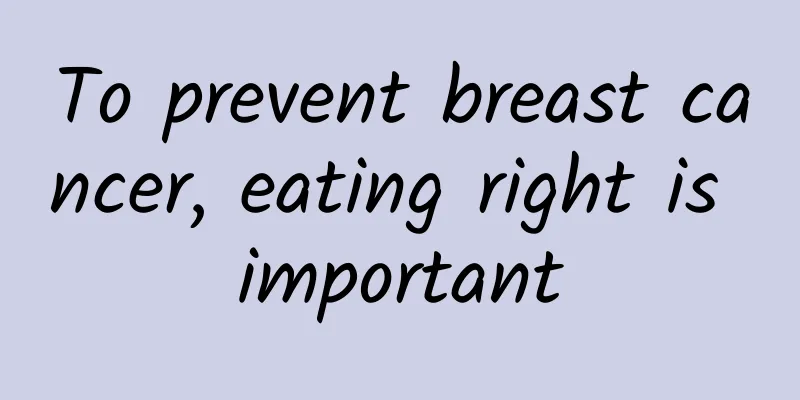High incidence of scoliosis in children and adolescents may affect life expectancy. Experts explain 9 major misunderstandings

|
Scoliosis, as a common type of abnormal spinal curvature, is one of the common diseases that endanger the health of children and adolescents. In recent years, the incidence of scoliosis in children and adolescents has shown a clear upward trend. Recently, People's Daily Online, in conjunction with the National Health Commission, invited Ma Jun, Director of the School Health Center of the Chinese Center for Disease Control and Prevention and Professor of the Institute of Child and Adolescent Health of Peking University, Liu Haiying, Chief Physician of Peking University People's Hospital, and Guo Xin, Chief Physician of Beijing Center for Disease Control and Prevention, to answer questions about the causes, prevention, and treatment of scoliosis in children and adolescents that netizens are concerned about, and called on families, schools, and the entire society to correctly understand scoliosis, detect and treat it early, and protect the spinal health of children and adolescents. What is scoliosis in children and adolescents? Liu Haiying explained that according to the discipline definition, if the spine of children and adolescents deviates from the normal midline and the Cobb angle on imaging is more than 10 degrees, it is defined as scoliosis. Of course, scoliosis is not a simple coronal deformity, but a three-dimensional deformity that may be accompanied by sagittal and vertebral rotation. "From the perspective of etiology, scoliosis is divided into congenital and acquired scoliosis. Congenital scoliosis is caused by a history of adverse medication, mental illness, or environmental influences during pregnancy, which may affect the physiological structure of the spine during embryonic development and lead to spinal deformities. Congenital scoliotic vertebrae include hemivertebrae, wedge-shaped vertebrae, butterfly vertebrae deformities, etc. Acquired scoliosis is scoliosis caused by uneven muscle tension, malnutrition, trauma or posture. The most common is idiopathic scoliosis of unknown cause, which is divided into infantile, juvenile, and adolescent idiopathic scoliosis according to the age of onset. In recent years, the incidence of adolescent idiopathic scoliosis has been as high as 60 to 70 percent." Liu Haiying introduced. From the perspective of onset age and prevention, the concept of "early-onset scoliosis" has been proposed in recent years, that is, scoliosis in children aged 0-10 years old. "Understanding the causes and classification of early-onset scoliosis is of great significance for treatment. If the cause is confused, after surgical correction, although the appearance becomes straight and the surgical area is fused into one, the front of the child is still developing, which will induce deformity again." Liu Haiying pointed out. Long-term improper sitting posture and lack of exercise lead to high incidence of scoliosis Guo Xin pointed out that the relevant survey results show that a large number of primary and secondary school students have bad sitting postures such as "sitting in the front half of the chair with the upper body leaning forward". In addition to the students' habits, the main reason is the lack of storage space for desks and chairs. Students put their schoolbags on the chairs, and the schoolbags occupy half of the chair surface, so that the students' bodies cannot lean on the back of the chair, and the spine cannot be effectively supported. Even if the school adjusts the desks and chairs according to the height of the students, students still cannot guarantee a correct sitting posture. After this sitting posture becomes a habit, the occurrence of bending, hunchbacks, and spinal diseases increases, which causes great harm to the physical health of students. Monitoring also found that some students put a large number of books on the desks. Children can only read and write in a small space, and cannot fully stretch, and cannot guarantee the correct sitting posture, which has a great impact on vision and spinal health. Ma Jun analyzed that for children and adolescents, common postural scoliosis and idiopathic scoliosis are closely related to improper sitting posture and lack of exercise for a long time. Students spend one-third of their time studying at school. Whether the height of the desks and chairs is suitable for their height, the lighting and brightness of the classroom, these factors will cause students to bend over, tilt their heads, twist their bodies and other bad sitting postures. This bad sitting posture makes the spine unevenly stressed for a long time, and the tension on both sides is unbalanced, which easily leads to scoliosis. "Long-term incorrect standing, walking, sitting, reading and writing postures will prevent the spine from getting a good rest, which can easily cause fatigue and damage to the back muscles, and reduce the strength of the muscles that fix the normal curvature on both sides of the spine. In addition, the rapid growth of the spine during adolescence can easily cause abnormal curvature. Of course, the more important thing is the lack of physical exercise, insufficient muscle strength, and malnutrition can also cause abnormal spinal curvature. According to current research, the detection rate of scoliosis in children and adolescents is highest in the junior high school age group." Ma Jun said. The harm of scoliosis can be discovered early by parents through "four horizontal and one vertical" "Scoliosis is particularly harmful to children and adolescents. In addition to affecting the appearance and function of the spine, it will also damage the nervous system and compress the spinal cord, causing inability to walk. It can also cause abnormal cardiopulmonary function, thereby affecting life expectancy. Finally, it may cause psychological and mental problems for the children." Liu Haiying said. Liu Haiying reminded that scoliosis should be detected and diagnosed early. In this regard, Ma Jun said that early scoliosis is not easy to detect, especially when the child is wearing clothes. Many parents only discover it when the child is taking a bath or wearing less clothes. Of course, some areas can conduct some examinations and screening during the annual physical examination of students. Usually, if scoliosis occurs, there may be uneven collars, one shoulder is higher than the other, or there is a bulge in the back, or there are wrinkles on one side of the skin after taking off clothes, or even one pelvis and hip are higher than the other, or even one leg is longer than the other. Liu Haiying suggested that in addition to the children observing the shape of their shoulders themselves, parents can also use the "four horizontal and one vertical" method to check whether the child's back is symmetrical, whether the two shoulders are at the same height, whether the lower angles of the two shoulder blades are at the same height, whether the two waist dimples are symmetrical, and whether the heights of the iliac crests on both sides of the pelvis are consistent. "In addition to this external observation, a very important examination is the 'flexion test' - heels together, legs straight, torso bent forward 90 degrees, hands together, upper limbs perpendicular to the ground. If there is a spinal deformity, there will be a height asymmetry on both sides, which is called 'razor back deformity' in medicine. Parents can often let their children do this movement to test themselves." Liu Haiying said. "In addition, if scoliosis is found, further judgment can be made using measuring rulers, cloud pattern diagrams, etc., and ultimately the diagnosis is made through X-ray examination, which is the gold standard. Comprehensive medical judgment, close observation and follow-up, and subsequent systematic treatment are also required." Liu Haiying said. 9 common misunderstandings about scoliosis in children and adolescents In recent years, the Party and the government have attached great importance to scoliosis and increased screening efforts. However, there are still many misunderstandings about adolescent scoliosis in society, including many parents. Liu Haiying summarized this into 9 aspects: 1. In daily life, there are many people who have incorrect standing posture and asymmetrical development of paraspinal muscles on both sides. We cannot simply say it is scoliosis just because of muscle asymmetry. Second, the degree of curvature is related to muscle tension, posture, habits, etc. When the Cobb angle exceeds 10°, it is defined as scoliosis. You cannot simply say that it is scoliosis when you see a curve on the X-ray. A comprehensive judgment is required. 3. Parents all believe that the prevalence of scoliosis is relatively low, but in fact the overall prevalence is much higher than everyone knows. Scoliosis is not simply bending to one side, it is actually a three-dimensional deformity, and it can also be deformed from the sagittal plane, or from the side, or it can be a vertebral rotation. Now, 3D printing and CT three-dimensional reconstruction models can be more intuitive, and severe cases can be like twisting a knot. 5. Scoliosis is not a simple orthopedic disease. In some cases, it is also accompanied by syringomyelia, neurofibromatosis, Marfan syndrome and other endocrine and metabolic diseases. Sixth, having scoliosis does not mean you should not exercise. In fact, for relatively mild scoliosis, especially for teenagers, exercise is still encouraged, especially swimming, which is a very beneficial exercise for overall muscle balance. 7. Some parents think that everything will be fine when their children grow up. In fact, the fastest development period is between 0-10 years old and adolescence, and the degree of scoliosis increases the fastest, especially for girls. If effective intervention and prevention are not carried out at this stage, the opportunity will be missed. If severe deformity occurs in the end, 8. It is not right to pursue the straighter the correction, the better. Under the premise of safety, it is sufficient to correct to an acceptable degree. Correcting too straight may irritate the nerves and the child may end up paralyzed. 9. Some people think that surgery is a one-time solution, but in fact, some seriously ill patients still need traction before surgery. The key is that adolescents are still growing, and the relationship between growth and correction needs to be fully considered during treatment. |
>>: What is the difference between yak beef and beef?
Recommend
Spring sleepiness is not a disease, but it is really painful when you feel sleepy.
After a long and cold winter, we finally welcomed...
Can I eat wontons during my period?
Wontons are one of the foods that everyone loves ...
Intervention and nutritional advice for malnutrition in children
Pediatric malnutrition is a health issue of wides...
Can I use cupping when I have my period?
Many people know that cupping has many benefits f...
No menstruation for half a year after weaning
If menstruation suddenly stops after weaning, the...
Pregnant women should never eat cold noodles
During pregnancy, a pregnant woman's taste wi...
What are the symptoms of cervical erosion?
The female cervix is more susceptible to infect...
Has anyone gotten pregnant from yeast infection?
Vaginal candidiasis is a very common gynecologica...
Why do I have my period twice a month during breastfeeding?
I have my period twice a month during breastfeedi...
What should I do if the gas is not discharged after caesarean section?
When women have a caesarean section, they usually...
Probability of recovery of cornual pregnancy
The probability of recovery from cornual pregnanc...
What should I do if my menstrual flow is too heavy?
Menstruation is an extremely important matter in ...
Can women drink alcohol while taking birth control pills?
Contraception is a very normal behavior in life. ...
Be highly alert to these 8 types of precancerous lesions!
On February 2, WHO cancer expert Andre Ilbawi sai...
Can pregnant women with low-lying placenta sit for a long time?
After pregnancy, you should pay attention to acti...









